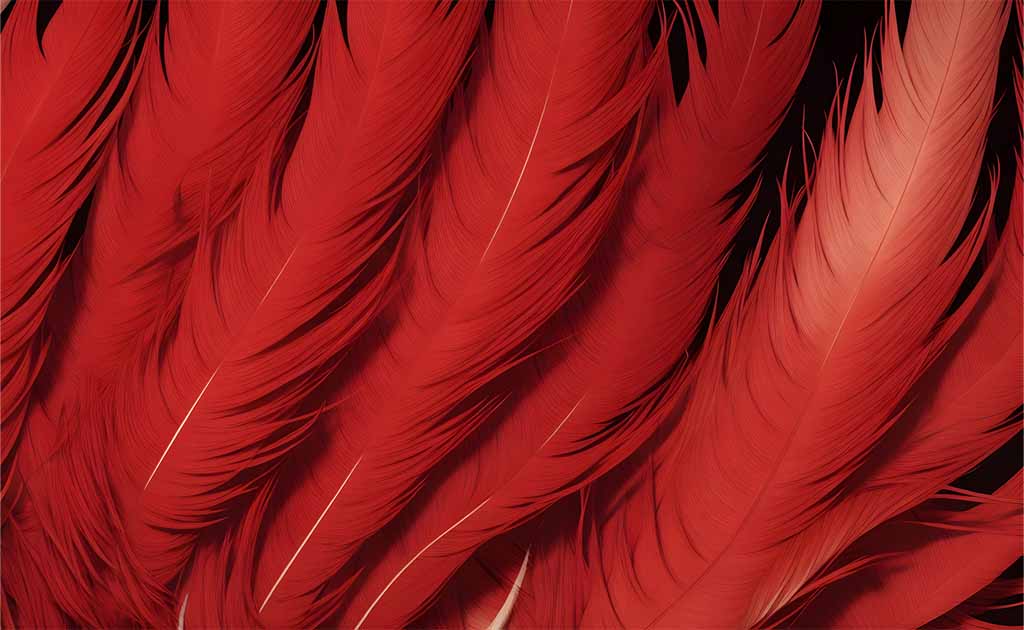Red Feathers Were More Valuable Than Gold in Ancient Hawaii
From the gold coins of the Roman Empire to the jade treasures of ancient China, every culture has its emblem of wealth and status. But in the lush landscapes of ancient Hawaii, an unlikely item surpassed the allure of glittering metals: the radiant red feathers of certain native birds.
Birds of a Feather: The Source of Hawaiian Treasure
In the verdant rainforests of Hawaii, two birds primarily became the coveted sources of these red feathers: the 'i'iwi (scarlet honeycreeper) and the 'apapane. These birds, with their vivid red plumage, played a significant role in the religious and ceremonial life of ancient Hawaiians.
The red feathers, symbolic of the gods and high-ranking chiefs, were intricately crafted into cloaks, helmets, and other regalia. These items, known as "ʻahu ʻula" (feathered capes) and "mahiole" (feathered helmets), weren't just visually striking — they represented power, divinity, and the hierarchy of Hawaiian society. A single 'ahu 'ula could require feathers from thousands of birds, illustrating the sheer magnitude of this cultural craft.
Given their spiritual significance and the labor-intensive process to obtain the feathers, these items naturally became incredibly valuable, and were considered more precious than gold. In a society where personal rank and lineage were held in high esteem, owning and wearing a feathered garment was the epitome of prestige. It wasn't uncommon for battles to be fought over these feathered treasures, and for rulers to gift them as tokens of goodwill.
- Vikings Dreamed on the Feathers of Giant Eagle Owls
- The Menehune of Hawaii – Ancient Race or Fictional Fairytale?

Man Wearing Hawaiian Feather Cloak and Helmit, oil on canvas painting attributed to Rembrandt Peale, c. 1805-1810, Bernice P. Bishop Museum (Public Domain)
Gold's Diminished Luster
When European explorers first arrived in Hawaii in the late 18th century, they were confused by their unique currency. To these Westerners, gold was the ultimate measure of wealth. However, they soon realized that in Hawaii, their gold held no sway when compared to the allure of red feathers.
Intriguing tales emerge from this cultural clash. Captain James Cook, the famed British explorer, is said to have presented gifts of gold and silver to Hawaiian chiefs, only to find that the islanders showed a polite but limited interest in the metals. Instead, it was the red-feathered items that dominated trade exchanges, with European explorers offering weapons, tools, and other goods to acquire these feathered masterpieces.
Today, while gold remains a global standard of wealth, the red-feathered treasures of ancient Hawaii remain an invaluable part of the islands' rich heritage.
Top image: Red feathers. Source: Thewonderalice / Adobe Stock.

















